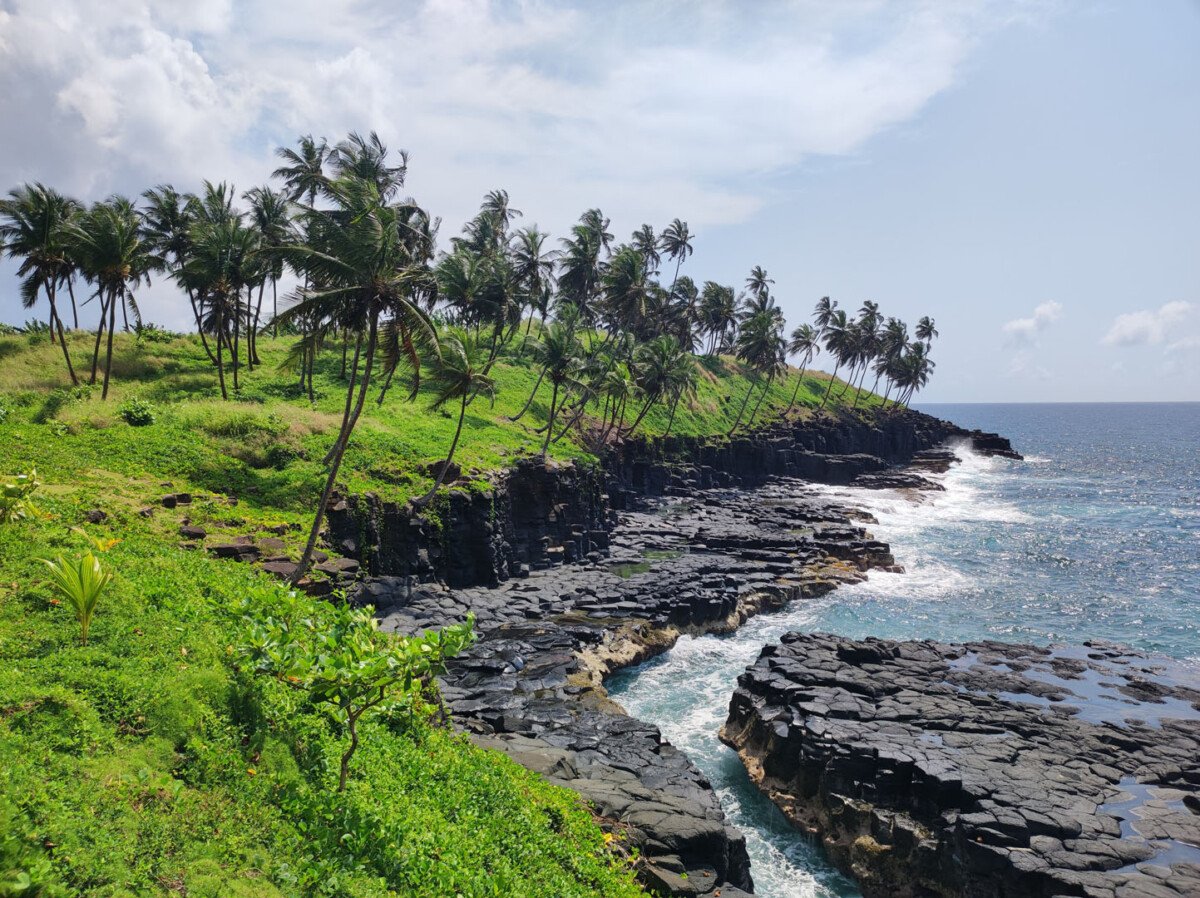This São Tomé and Príncipe travel guide for first-time visitors shows you one of Africa’s best-kept secrets, located in the Gulf of Guinea. Life on the islands is calm and slow. This gives you time to connect with local people and learn about their traditions. The landscapes are beautiful: green mountains with rainforest, fishing villages, and quiet beaches. Whether you hike in the jungle, visit old plantations, or relax by the sea, the islands give you a real and natural travel experience.
In this blog, we’ll tell you all about what you can do on the islands. From snorkeling and birdwatching to enjoying fresh fish, chocolate, and local coffee. A wonderful destination for those who love nature, tranquility, and a true holiday vibe.
What to see?
Beaches
Some of the most unspoiled and peaceful beaches in the world can be found on São Tomé and Príncipe, where soft sand, clear waters, and minimal crowds create a calm and relaxing experience by the sea.
- Baía das Agulhas offers a more dramatic coastal setting. Located on the southern tip of São Tomé, this bay is known for its sharp volcanic rock formations that rise from the sea, giving it both its name and a striking natural backdrop. It’s an ideal stop for those interested in landscapes as much as leisure.
- Praia de Santo António Mussacamú is a quiet, lesser-known beach on São Tomé that feels far removed from modern life. Its wide stretch of sand and surrounding forest make it ideal for a peaceful walk or a quiet afternoon by the water. It’s the kind of place where you can enjoy nature without distractions.
- Praia Banana on Príncipe is one of the most famous beaches on the island, and it’s easy to see why. The beach is shaped like a half-moon, with palm trees moving gently in the wind. It’s a great place to relax and enjoy the calm, blue-green sea. Because the beach is well protected, it is also perfect for swimming.
Plantations (Roças)
At the beginning of the 20th century, there were about 150 plantations in São Tomé and Príncipe. These plantations, called roças, were built by the Portuguese to grow cacao and coffee. After the country became independent in 1975, almost 200 plantations were taken over by the state. This was an important change for the economy and the people. Today, many of these old plantations are still there. Some are covered by nature. Others have new uses. Some are slowly falling apart. Visiting them helps you understand more about the islands’ colonial past.
One of the most important and often visited plantations is Água Izé, on the island of São Tomé. This is where commercial cocoa production started in the middle of the 19th century. Today, it is still one of the best places to see old plantation buildings. Another special place is Roça Sundy on Príncipe. This plantation has been carefully restored and shows the beauty and history of the island.
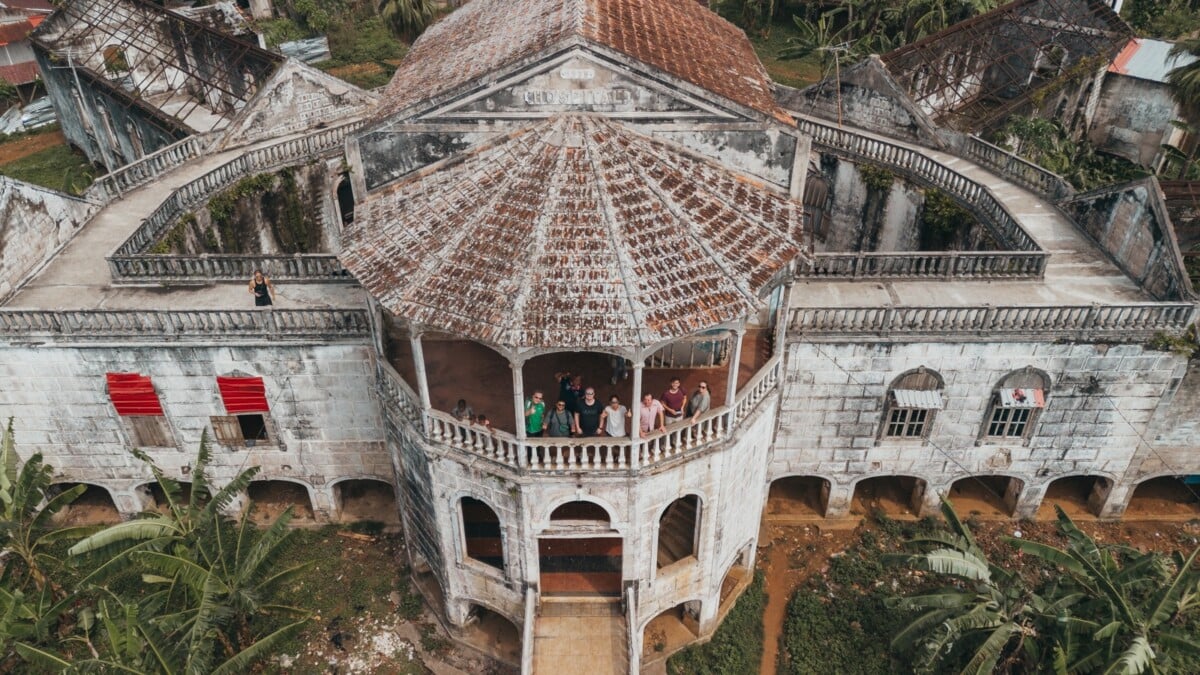
Porto Alegre
In the small fishing villages near the ocean, you can see how people live in the traditional way. In places like Porto Alegre, you will find wooden boats on the beach. There, you can see people living by the sea, doing things based on the low and high tide. In these quiet villages, you can experience the daily life of local families.
Pico Cão Grande and Cão Pequeno
Pico Cão Grande is one of the most famous sights on São Tomé. It rises high from the rainforest and has a sharp, volcanic shape that you can see from far away. Nearby is Cão Pequeno, a smaller but also beautiful rock. Climbing Pico Cão Grande is very hard and only for expert climbers. However, even just seeing these amazing rocks up close is a great experience. Whether you drive past them or walk on the nearby paths, they show the island’s volcanic nature in a special way.

What to do?
Snorkling
The waters around São Tomé and Príncipe are home to an impressive variety of colorful fish. This makes the islands a standout destination for marine life enthusiasts. From December to March, conditions are ideal for snorkeling. The warm, clear waters offer great visibility and a relaxing experience. One of the most accessible and rewarding spots is Lagoa Azul. This is a calm bay that is perfect for both beginners and more experienced snorkelers. Whether you’re floating above coral formations or following schools of tropical fish, it’s a peaceful way to explore the vibrant life under the sea.
Bird watching
São Tomé and Príncipe is a fantastic destination for birdwatching, with many unique species easy to spot—even near the capital. You can enjoy birdwatching year-round, but keep in mind that the rainy season can make forest trails, especially in the southwest of São Tomé, more difficult to access. For the best experience, plan your visit during the drier months of June to August or December to January. The islands are home to 28 bird species found nowhere else in the world, making them especially exciting for bird enthusiasts. Whether you’re spotting birds from your hotel balcony or walking through the island’s lush rainforests, birdwatching here is a truly memorable experience.
Hiking
Hiking in São Tomé and Príncipe is an experience for those who want to connect with nature in its purest form. The islands offer a network of trails that take you through rainforest, past waterfalls, and up to volcanic peaks like the iconic Pico Cão Grande. Along the way, you’ll walk through cocoa plantations, hear the call of tropical birds, and take in breathtaking views of the Atlantic. It is a quiet and natural place, far from busy tourist spots. Therefore, it’s perfect for travelers who want to discover something special and different.
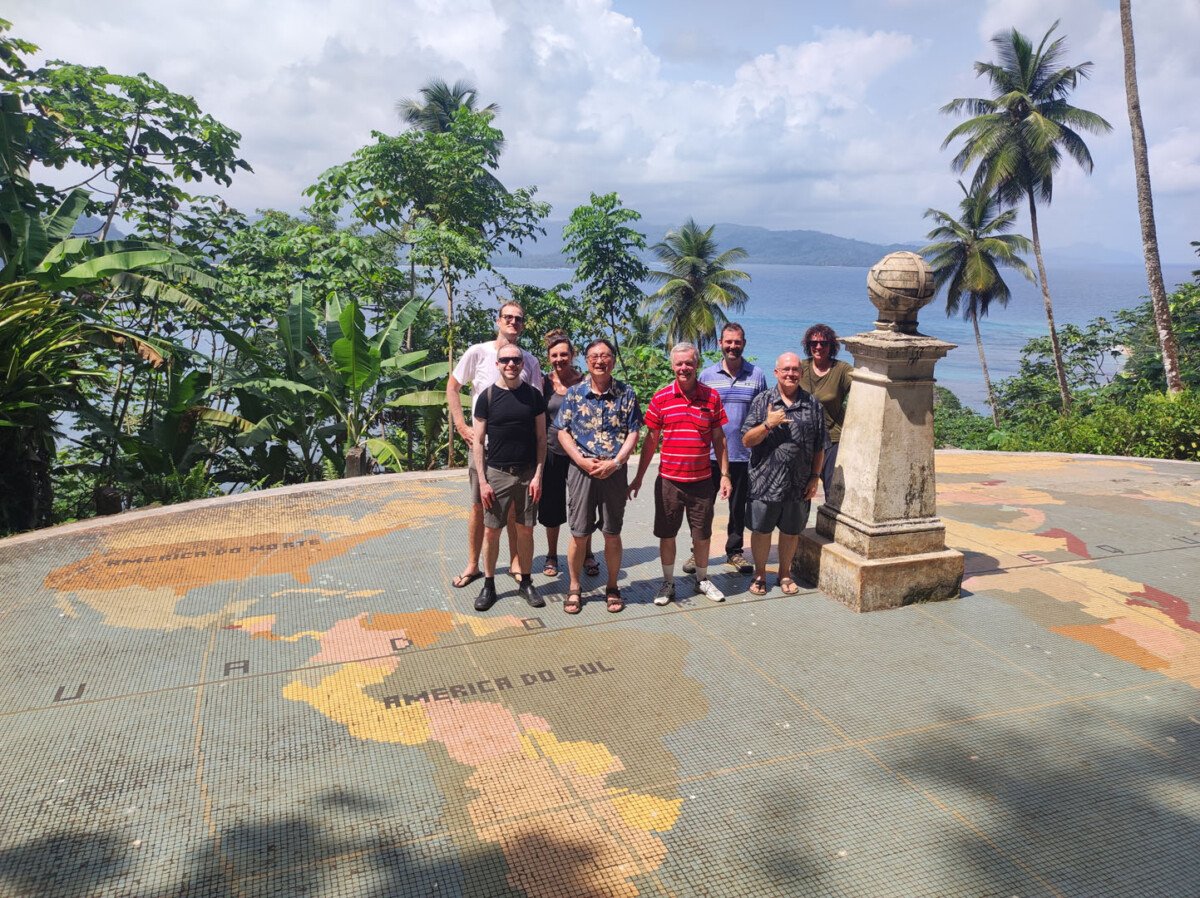
What to eat?
The food of São Tomé and Príncipe is based on local ingredients, slow cooking, and a strong sense of community. Traditional dishes show the islands’ history, culture, and their close link to the land. Many meals include fish or meat, but there are also good vegetarian options. You can find dishes made with vegetables, beans, rice and tropical fruits, something for everyone to enjoy.
Calulu
Calulu de Peixe is often considered the national dish. This fish stew is prepared with a mix of local vegetables such as okra, spinach and African eggplant. It is typically cooked in palm oil and seasoned with a variety of local spices. The dish is simmered slowly over several hours, allowing the flavours to blend and deepen, resulting in a rich meal.
Cachupa
This is a homemade stew made with meat, beans, vegetables, and two kinds of corn. People usually cook it in big pots to share with family and friends, especially during special gatherings. It is more than just a meal. It reflects the island’s spirit of togetherness and the joy of spending time around the table.
Chocolate and coffee
São Tomé and Príncipe are famous for having some of the best cocoa and coffee in the world. The beans grow in rich volcanic soil under the strong equatorial sun, which gives them a unique taste and high quality. Visiting a plantation is a great way to learn about the old methods of growing and processing the beans. It’s also a chance to taste products that are deeply connected to the island’s land and history.
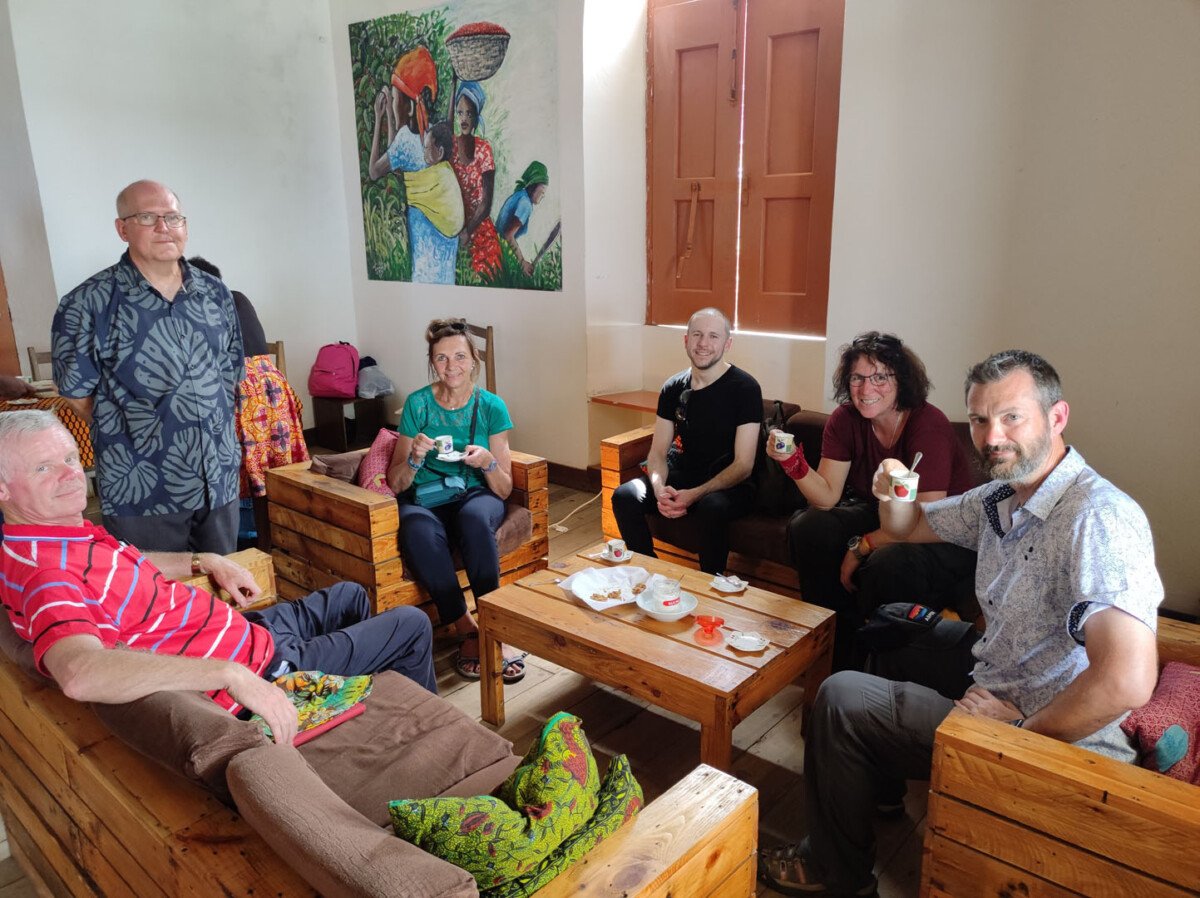
São Tomé and Príncipe offers a unique mix of natural beauty, cultural depth, and peaceful simplicity. At Culture Road, we design private and group tours for curious travellers who want to experience the islands in an authentic and meaningful way. From scenic hikes and historical walks to quiet beaches and local food experiences, each tour is led by local guides who know the islands best.
Looking to discover a destination that’s still off the radar? Join us in São Tomé and Príncipe and see what makes this hidden gem so special. Reach out to start planning your adventure or join one of our upcoming group trips!
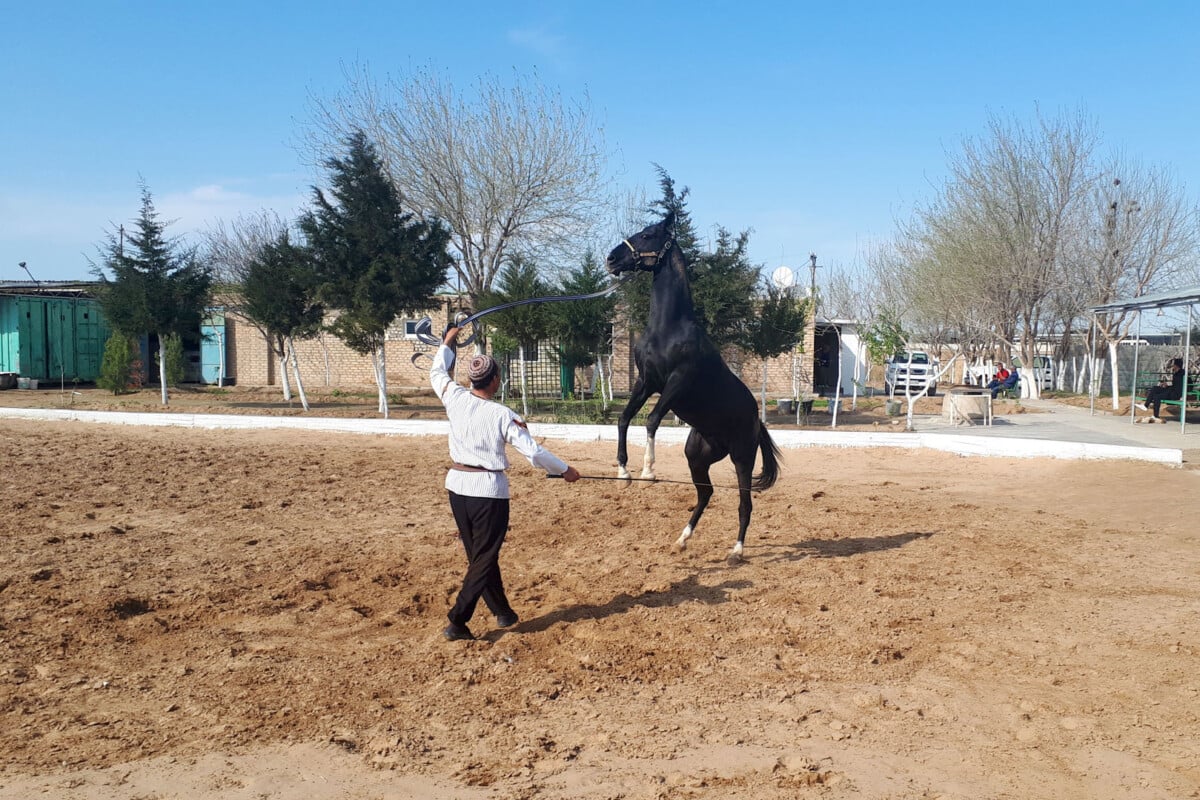
How to Experience Turkmenistan Independence Day
Celebrate Turkmenistan’s Independence Day on September 27 with parades, traditional dances, and fireworks. From military displays in Ashgabat to vibrant public festivals, this national holiday…
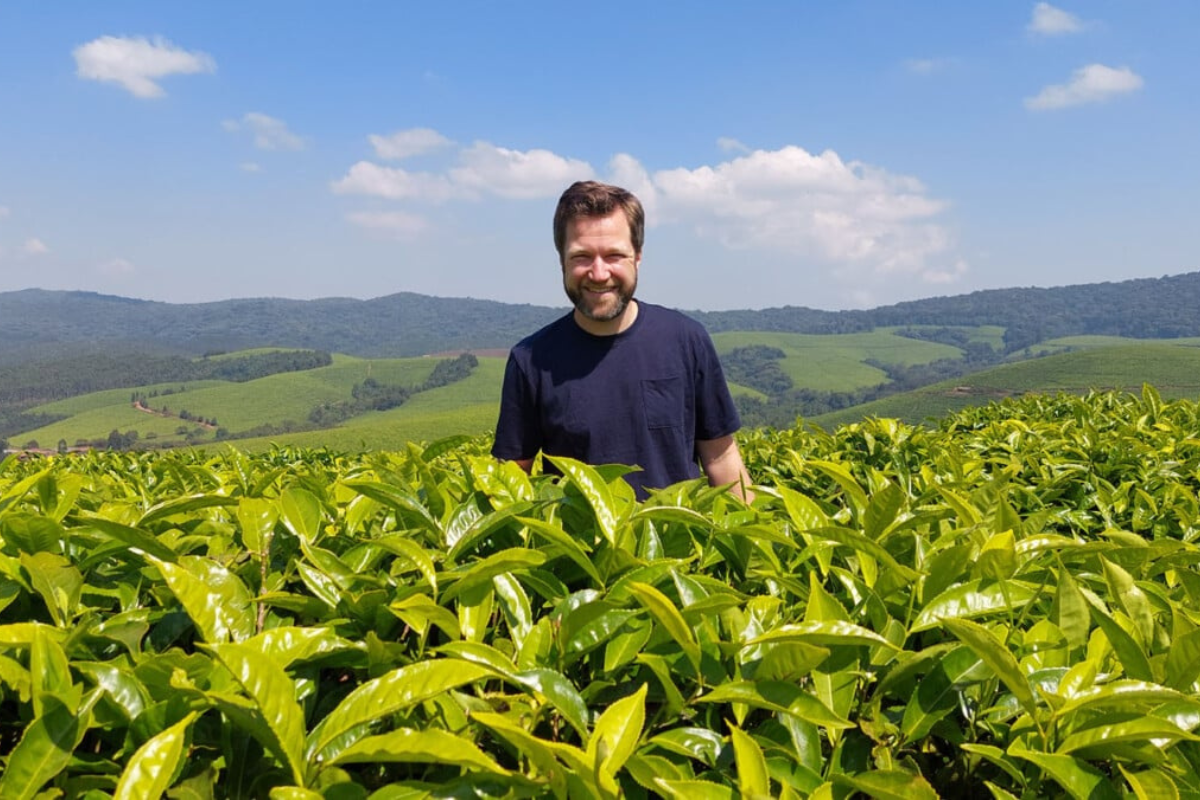
Rik Brinks’ favourite destinations you must visit
As the founder of CultureRoad, I’m excited to share my top 3 must-visit destinations from around the globe with you!
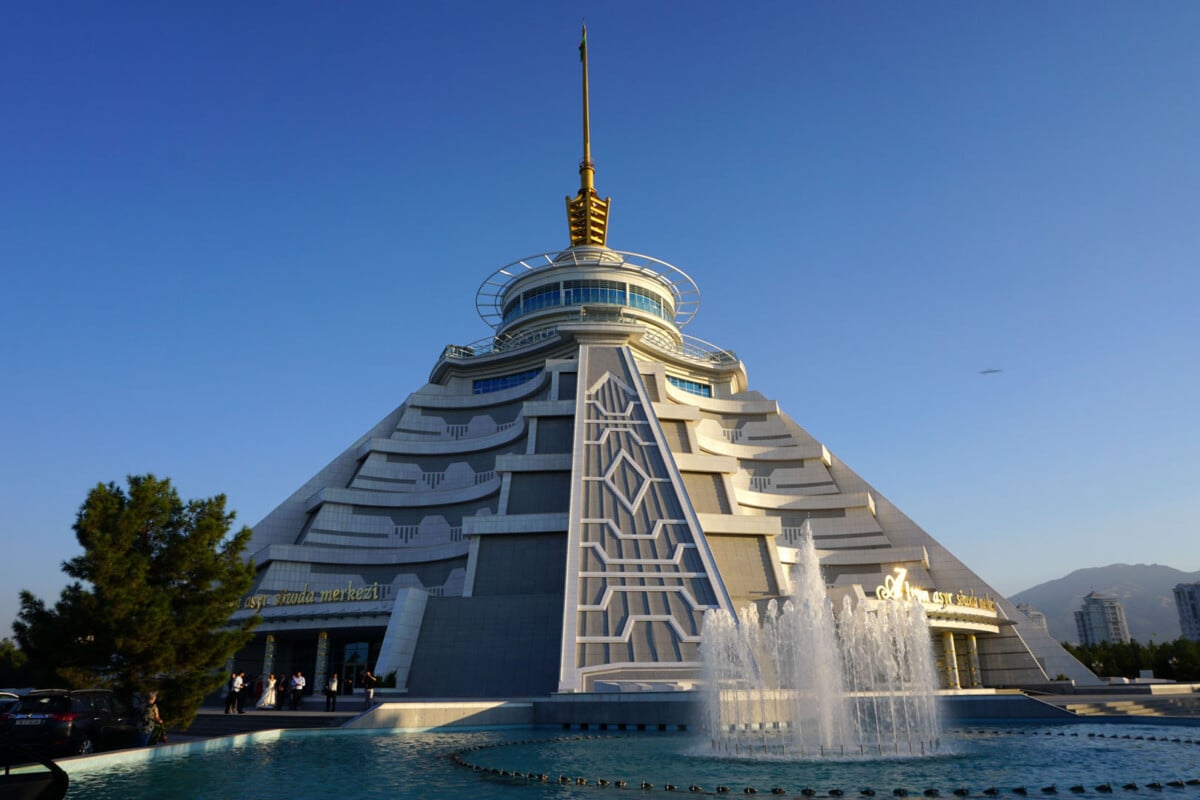
Exploring Ashgabat: Turkmenistan’s White City and Its Captivating Architecture
Standing at the heart of Central Asia, Ashgabat, the capital city of Turkmenistan, stands as a mesmerizing testament to the nation’s vibrant history, culture, and…
